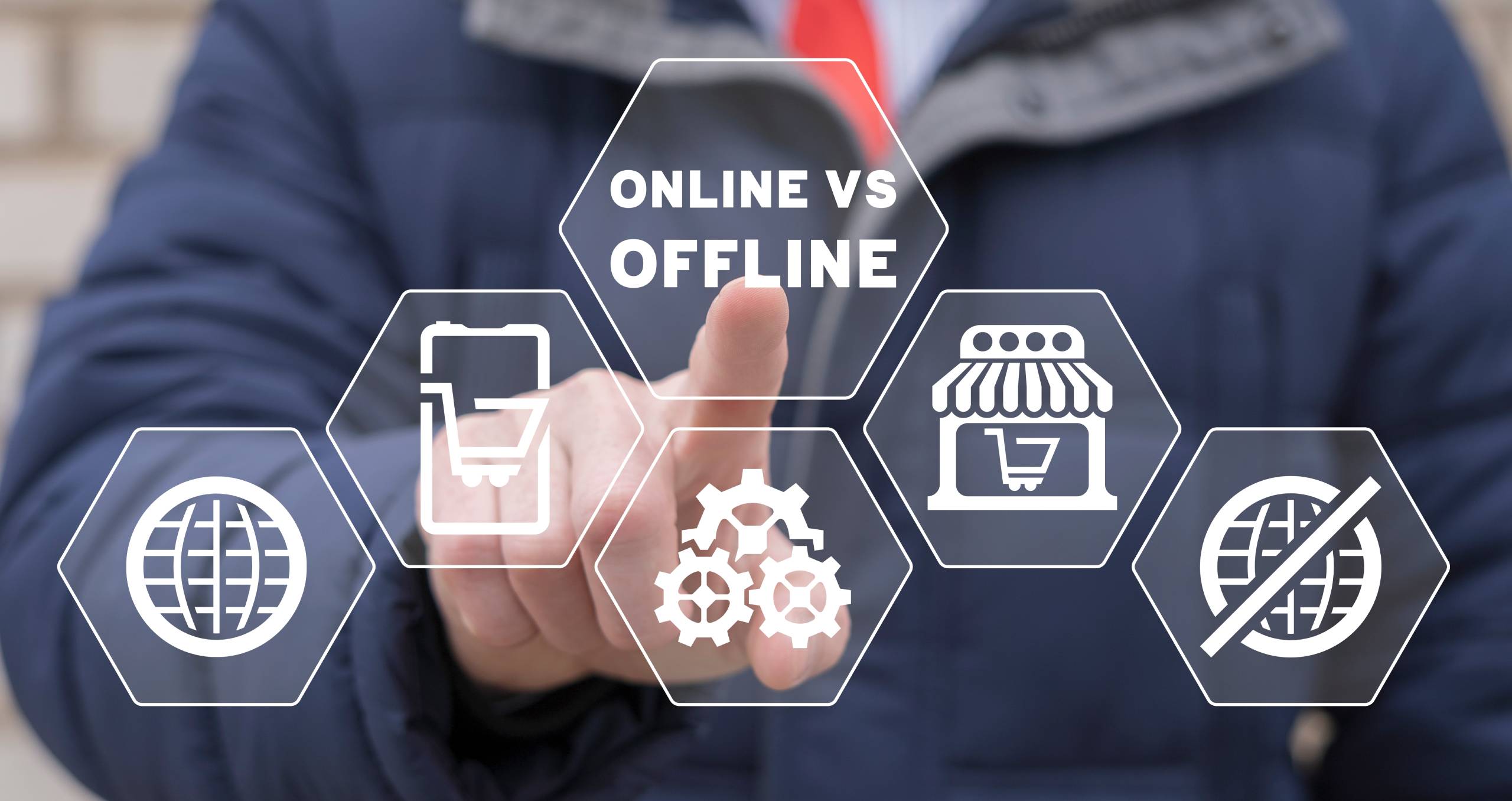Traditionally, television, radio and print media have been the main media for advertising insertion. With the advent of the digital era, this ecosystem has expanded with new entertainment platforms such as social media, online media, etc. This has led offline media to reinvent themselves in order to remain attractive to advertisers.
Although we may believe that offline marketing is outdated, or that it is no longer as effective as online, it continues to play a vital role in brand building. This is because it generates greater trust and credibility in the viewer. Offline media advertising options are not only based on television, radio or print media, but also include all outdoor advertising campaigns or point-of-sale campaigns, which allow us to interact with the product in a direct way.
Brand presence and message retention
In addition to generating greater trust, the physical format reinforces the brand’s presence in the consumer’s mind, as the retention of the advertising message is greater. We are all familiar with some slogans that are still remembered many years after they were aired:
- Movistar and Edu’s greetings with his ‘Hi, I’m Edu, Merry Christmas!
- Electrodomésticos Tefal with its pun: ‘Are you missing Tefal?’
- Pescanova and its unforgettable melody: ‘Pescanova: lo bueno sale bien’ (Pescanova: good things come out well).
- Telepizza and its secret: ‘Telepizza, the secret is in the dough’.
This brand recall not only helps to stay in the minds of viewers, but is often the most significant step towards becoming a consumer, or even a brand prescriber.
Another of the great advantages that offline advertising continues to offer is its persistence and durability. These characteristics help to generate a greater number of long-term impacts, as they are the opposite of the ephemeral content offered by digital platforms. In addition, more traditional advertising has less visual competition. This is due to the fact that in the digital environment, online advertising shows several ads at the same time, which causes the focus of attention to be dispersed.
The emotional factor still matters
On many occasions, advertisements are not just a commercial, but are authentic works of art created to impress and stir feelings within the viewer. This emotional impact that is achieved with many television commercials is impossible to achieve with digital advertising. The storytelling offered by the big media disappears when it comes to digital advertising. This is one of the great challenges of offline media, to have the ability to continue telling stories that remain in the memory of viewers and that hook them in such a way that they have to watch the ad until the end.
Customisation vs. outreach
If there is a big difference between online and offline advertising, it is the possibility of personalisation. Before starting to execute a media campaign, it is necessary to be very clear about the objective of the campaign, which will lead us to choose one or the other format. If what we are looking for is to massively impact all audiences and generate conversation, the ideal is to target traditional media. They are the ones that offer us a massive reach without making distinctions of age, gender and reaching several geographical locations at the same time.
On the other hand, if what we are looking for is to offer a more personalised advertisement, which impacts a more specific audience, the ideal is to have online advertising options. This type of campaign allows us to make a much more specific segmentation and create advertisements focused on each specific audience.
The ideal for a media strategy is to have two ways of working, both traditional formats and an online aspect. This is what is known as omnichannel communication and allows the user to have a complete and similar experience, whatever the channel of access to the product.


